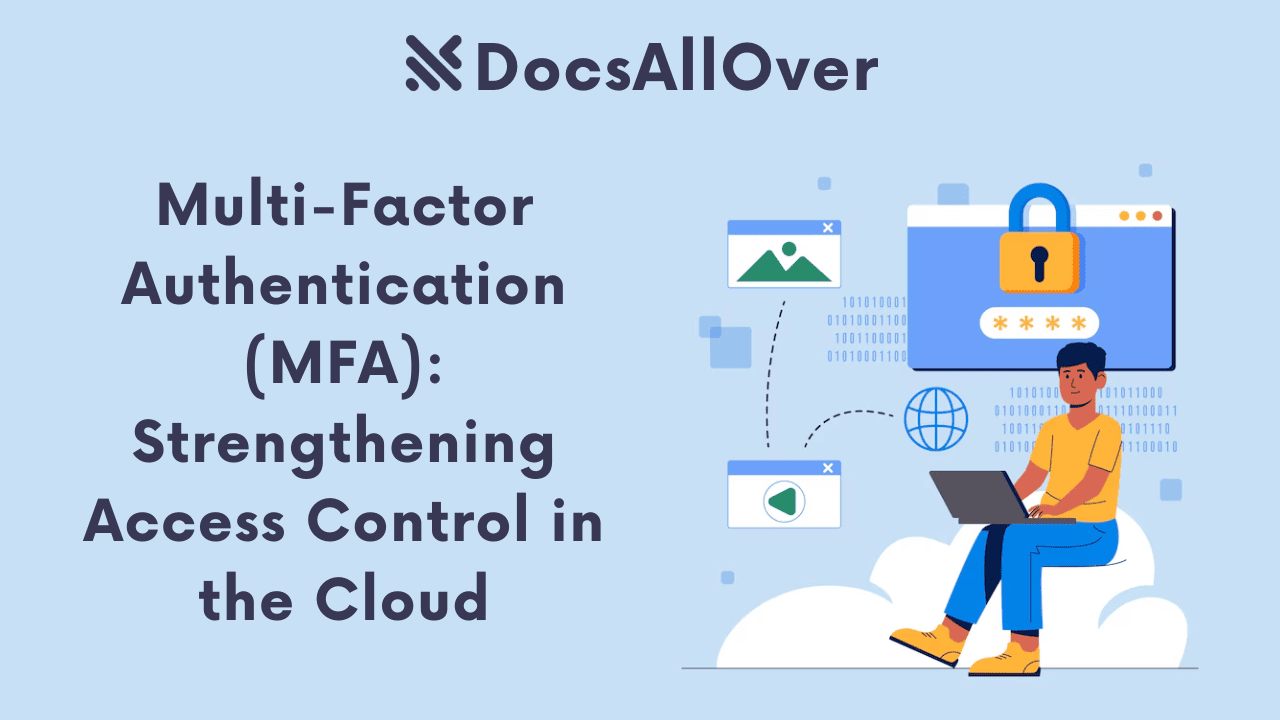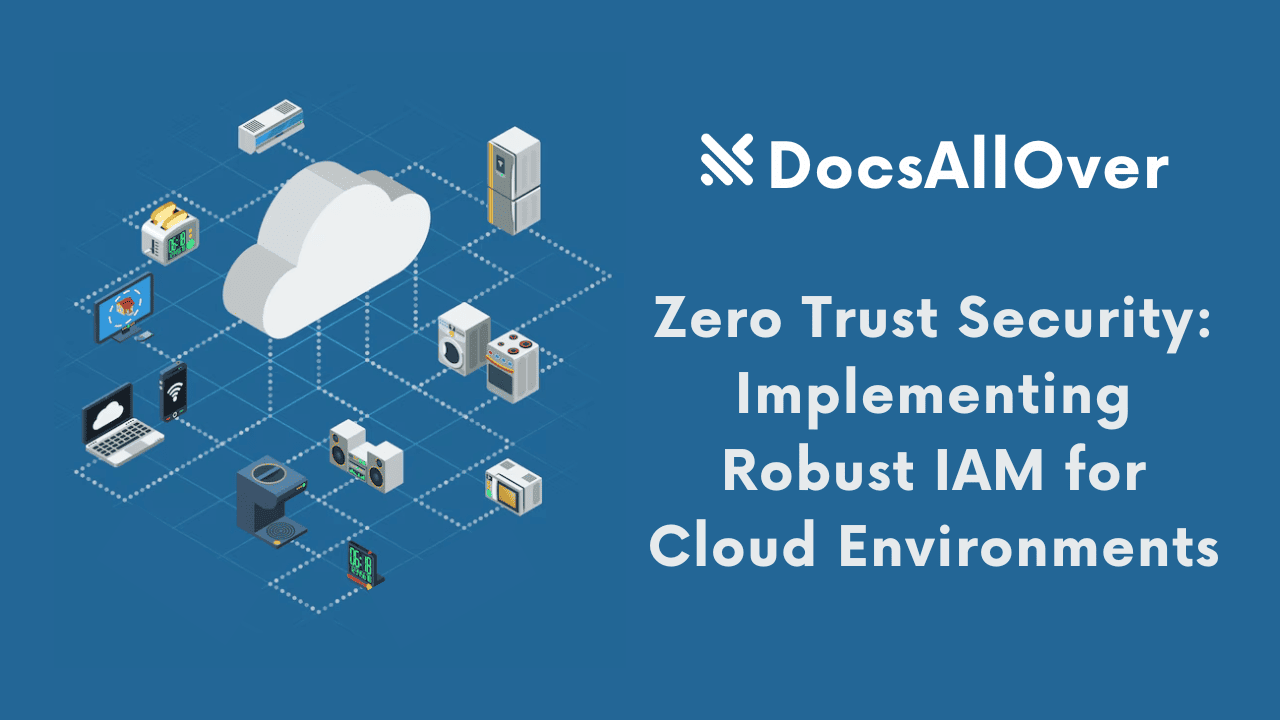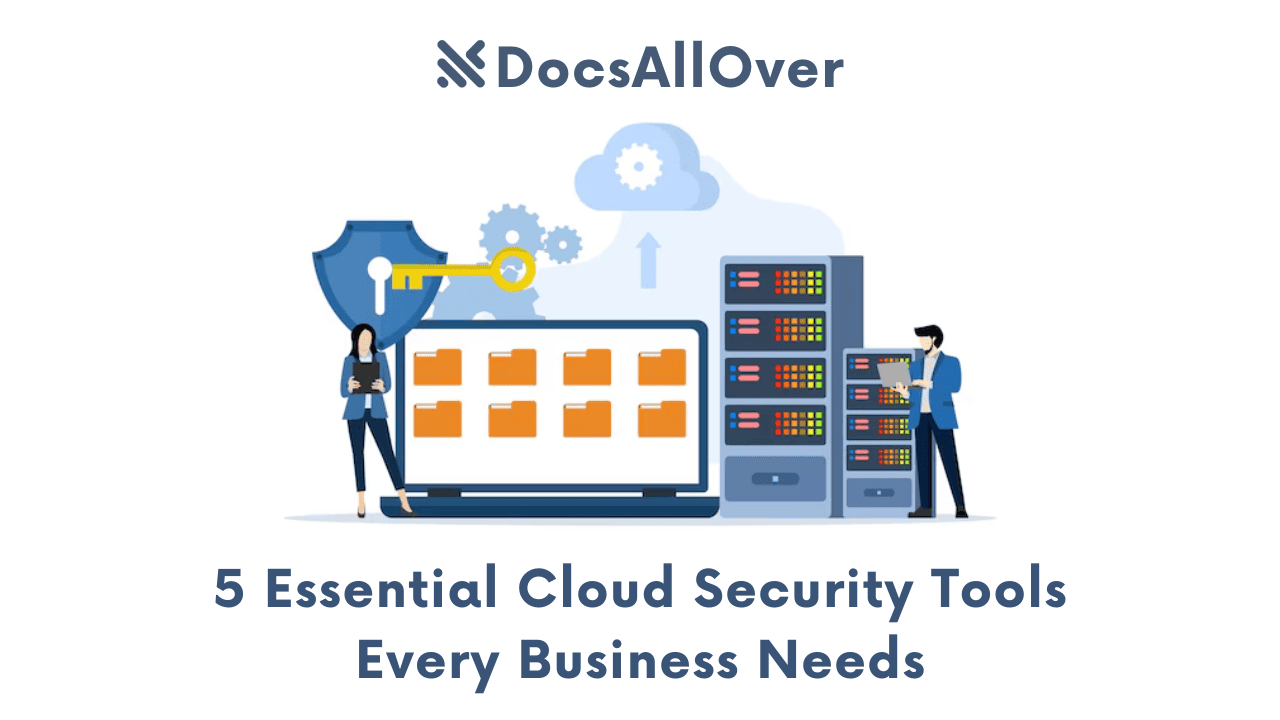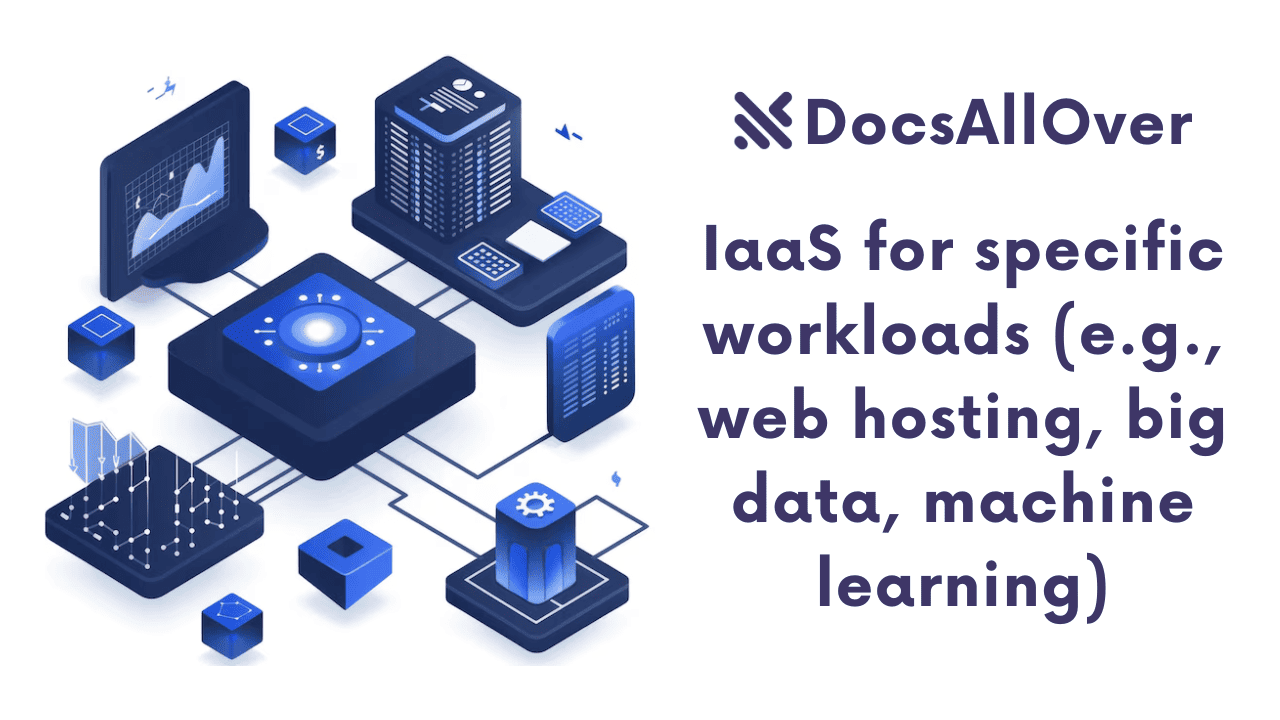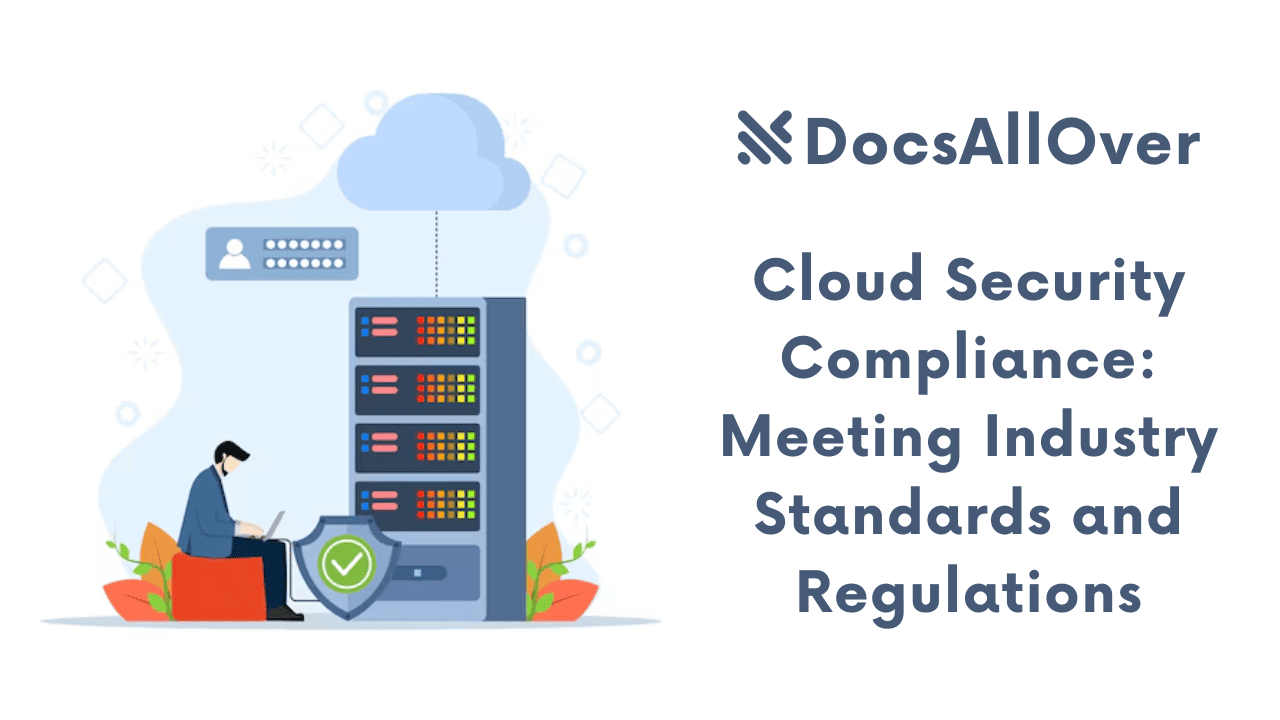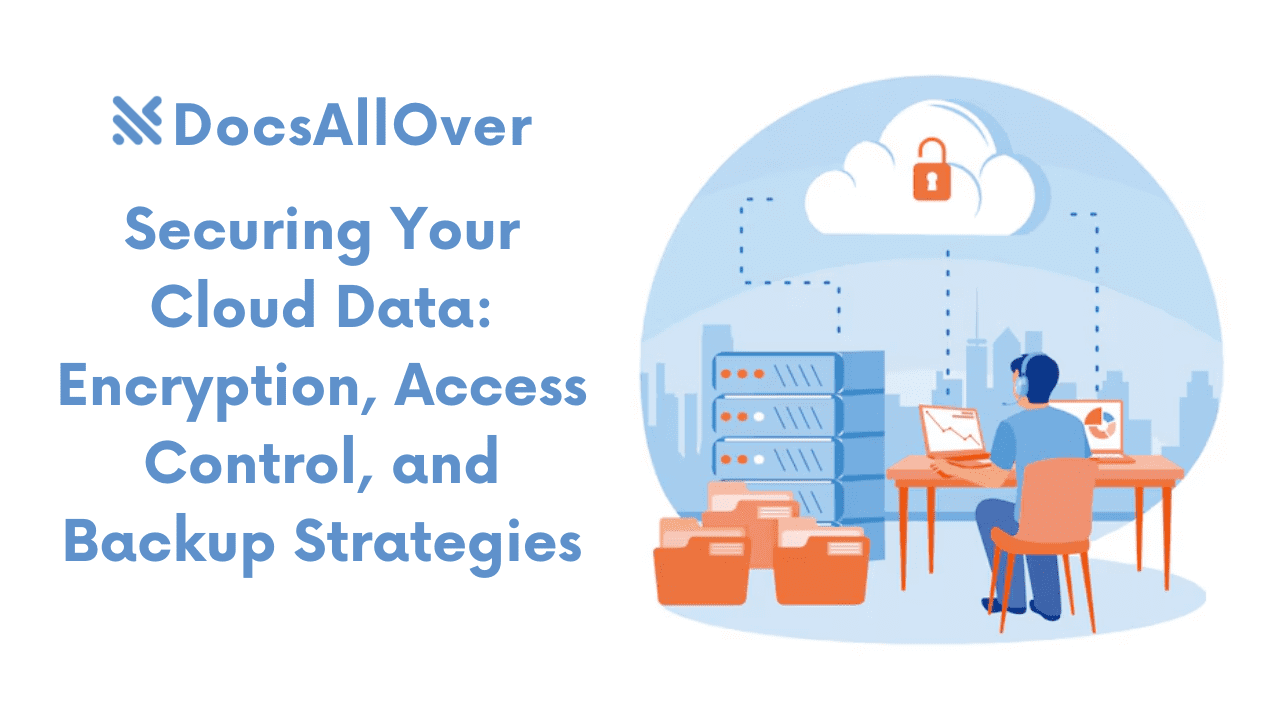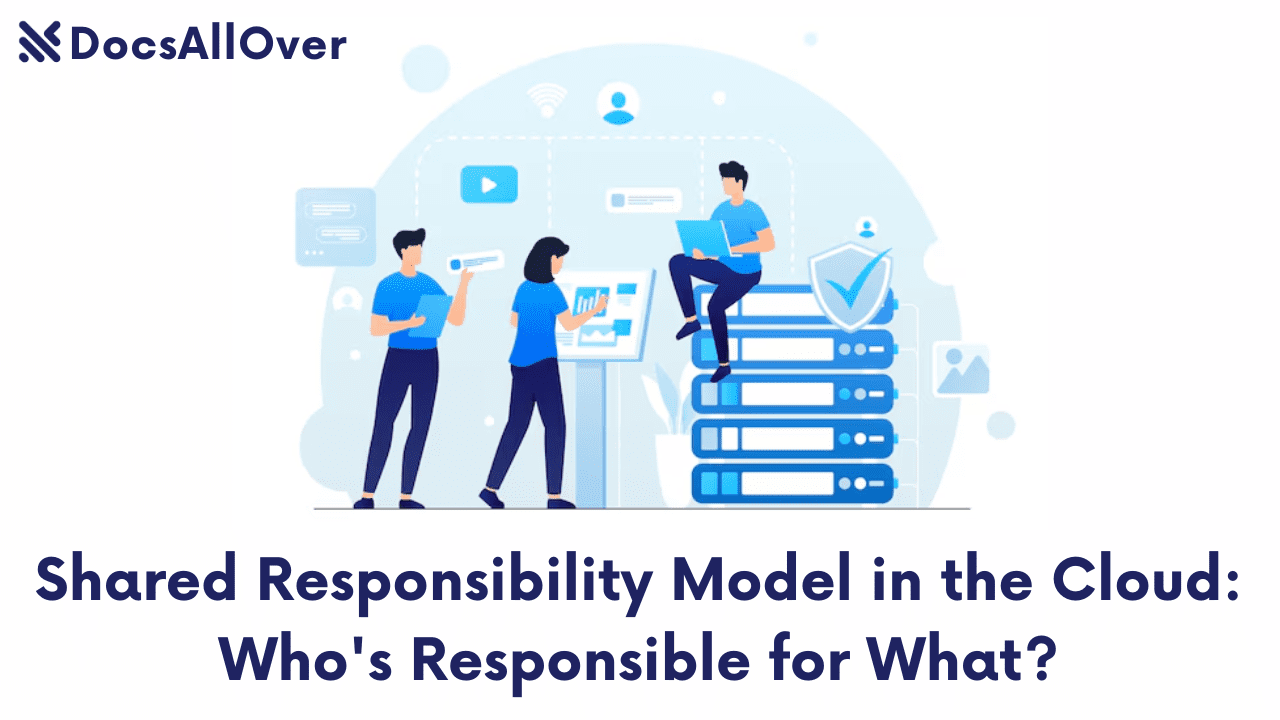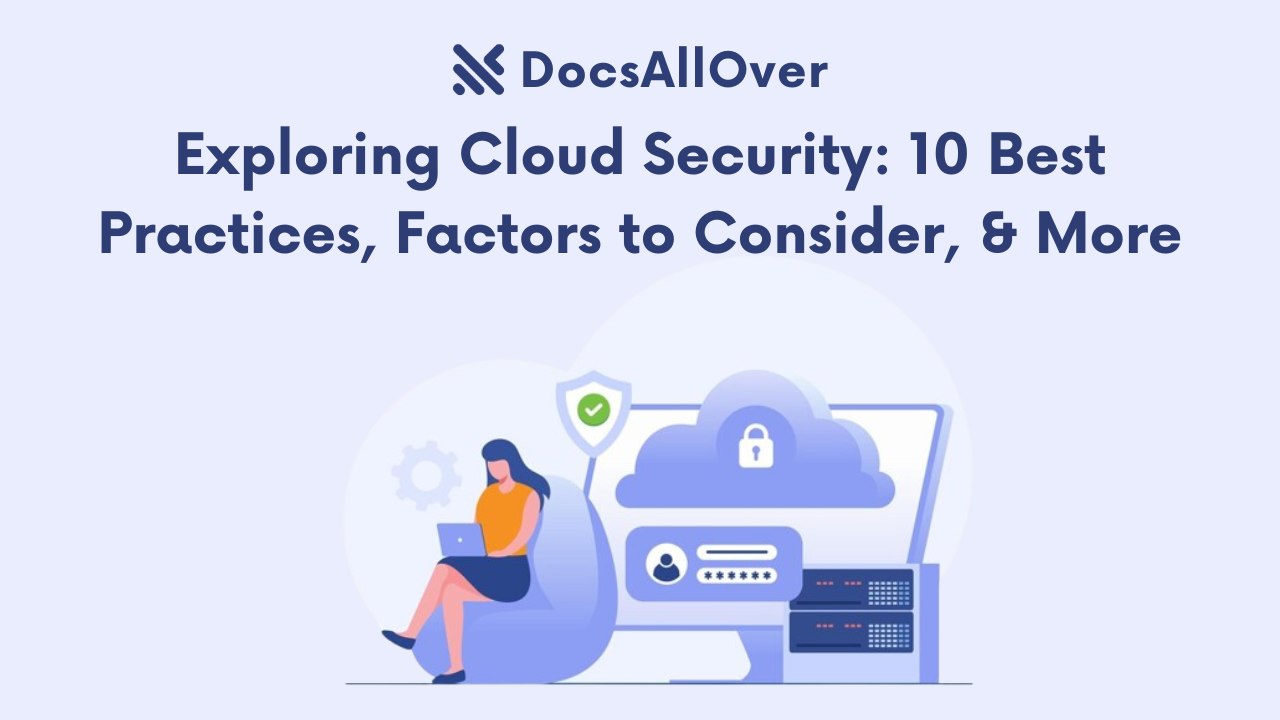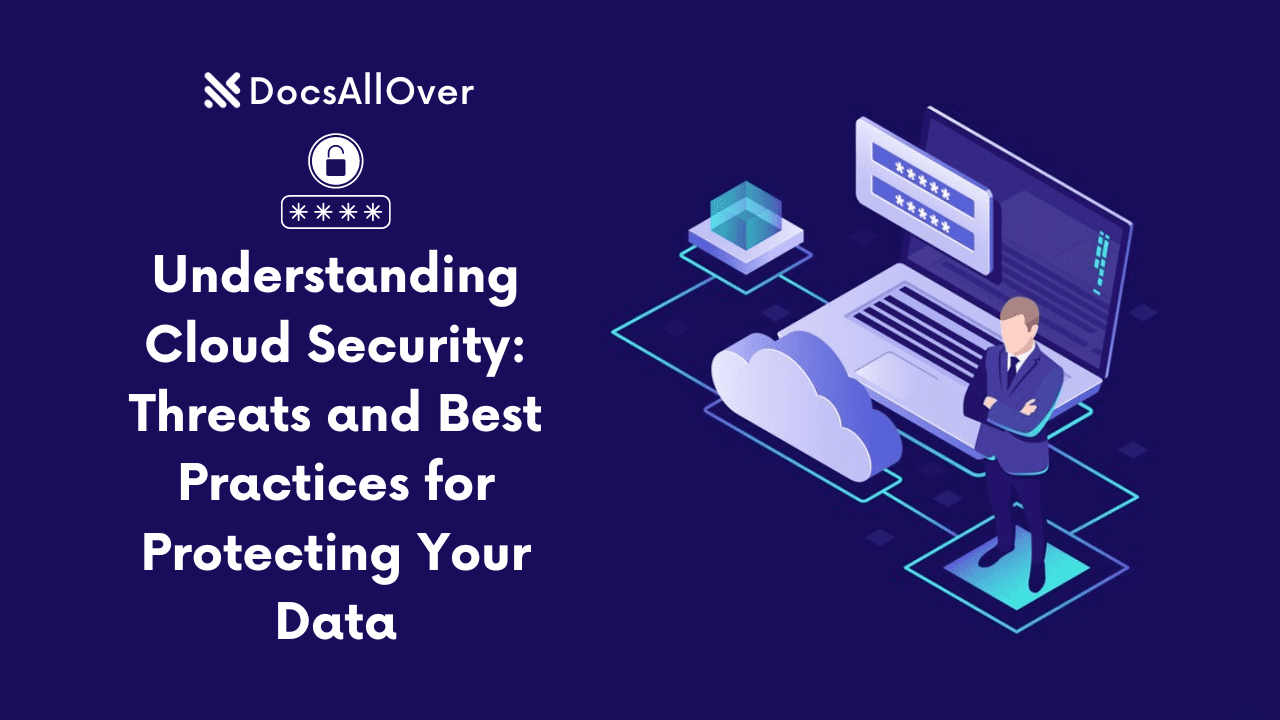Least Privilege Principle: Granting Users Only the Access They Need

What is the Least Privilege Principle (LPP)?
The Least Privilege Principle (LPP), at its core, is a fundamental security concept stating that every user, application, or system should be granted only the absolute minimum level of permissions necessary to perform its required tasks. Think of it as a "need-to-know" and "need-to-do" approach applied to digital access. Instead of granting broad, sweeping permissions, LPP advocates for a granular model where access rights are precisely tailored to specific functions and resources. This minimizes the potential for accidental or malicious misuse of those privileges.
Why is LPP crucial in the context of cloud security?
In the dynamic and often shared nature of cloud environments, the stakes for security are significantly amplified. Cloud infrastructures host vast amounts of data and critical applications, making them prime targets for cyberattacks. LPP becomes paramount in this context for several reasons:
- Expanded Attack Surface: The interconnectedness of cloud services and the multitude of access points increase the potential attack surface. LPP limits the damage an attacker can inflict if they compromise an account or resource.
- Shared Responsibility Model: Cloud security is a shared responsibility between the provider and the customer. While the provider secures the infrastructure, the customer is responsible for securing their data and access within that infrastructure, making LPP a key customer-side control.
- Complexity of Permissions: Cloud platforms offer intricate and often complex permission models. LPP provides a framework for managing this complexity effectively, preventing accidental over-provisioning of rights.
- Compliance Requirements: Many regulatory frameworks mandate the implementation of strong access controls, and LPP aligns directly with these requirements.
The increasing complexity of cloud environments and access management
Modern cloud deployments often involve a multitude of services, resources, and identities interacting with each other. Managing access across virtual machines, containers, serverless functions, databases, storage buckets, and various platform-as-a-service (PaaS) offerings can become incredibly complex. Traditional, less granular access control methods struggle to keep pace with this complexity, often leading to overly permissive configurations and increased security risks.
Understanding the Least Privilege Principle in the Cloud
Core concept: Granting the minimum necessary rights and permissions
At its heart, the Least Privilege Principle (LPP) dictates that any subject – be it a human user, an application, a service, or even a compute resource – should only possess the absolute minimum set of permissions required to perform its designated tasks. This means access rights should be narrowly scoped and precisely aligned with the specific functions or data that the subject genuinely needs to interact with to fulfill its purpose. Anything beyond this minimum is considered excessive and introduces unnecessary security risk.
Applying LPP to users, applications, services, and resources in the cloud
The LPP isn't solely about human users; its application extends across the entire cloud ecosystem:
- Users: Employees, partners, and external collaborators should only be granted access to the cloud resources and data essential for their roles and responsibilities. This includes limiting their ability to create, modify, delete, or even view resources that fall outside their purview.
- Applications: Cloud-native applications and third-party integrations should be provisioned with the minimal set of API permissions and resource access they require to function correctly. This prevents a compromised application from gaining broader control over your cloud environment.
- Services: Cloud services, such as compute instances, serverless functions, and databases, should be configured with the least possible permissions needed to interact with other services and resources. This limits the potential blast radius if a service is compromised.
- Resources: Access control policies should be applied directly to cloud resources (e.g., storage buckets, virtual networks, databases) to ensure that only authorized subjects, adhering to the LPP, can interact with them.
Distinction between broad and granular permissions
LPP emphasizes the shift from broad permissions to granular permissions
- Broad permissions grant wide-ranging access, often based on general roles or groups. For instance, assigning a user to an "administrator" group might grant them full control over numerous cloud services, even if their daily tasks only require access to a small subset. This violates LPP.
- Granular permissions, on the other hand, involve defining very specific actions that a subject is allowed to perform on particular resources. Instead of "administrator," a user might be granted "read-only" access to a specific database table and "write" access to a particular storage bucket used for their project. This aligns with LPP by limiting access precisely.
The "need-to-know" and "need-to-do" principles in action
The LPP is closely related to the security principles of "need-to-know" and "need-to-do":
- Need-to-know: Users and systems should only have access to information that is directly relevant to their assigned tasks. This minimizes the exposure of sensitive data to individuals or systems that don't require it.
- Need-to-do: Permissions should be limited to the specific actions that a user or system needs to perform. For example, a service that only reads data from a database should not have permissions to modify or delete that data.
By adhering to these principles, LPP ensures that access is both contextually appropriate and functionally restricted.
How LPP contrasts with overly permissive access models
Overly permissive access models, where users and systems are granted more privileges than they actually need, stand in direct opposition to the LPP. These models create significant security vulnerabilities:
- Increased Risk of Insider Threats: Malicious or negligent insiders with excessive privileges can cause significant damage, whether intentionally or accidentally.
- Wider Attack Surface: If an account with broad permissions is compromised, attackers gain access to a larger portion of the cloud environment, facilitating lateral movement and data exfiltration.
- Compliance Violations: Many regulations require organizations to implement strong access controls, and overly permissive models often fail to meet these requirements.
- Difficulty in Auditing: Tracking actions and attributing them to specific users or systems becomes more challenging when everyone has broad access.
In contrast, LPP actively mitigates these risks by containing the potential impact of security incidents and promoting a more secure and auditable cloud environment. Embracing LPP is a fundamental step towards a robust cloud security posture.
Benefits of Implementing the Least Privilege Principle in the Cloud
Adopting the Least Privilege Principle (LPP) in your cloud environment yields a significant array of security and operational advantages:
- Reduced Attack Surface: Limiting potential damage from compromised accounts
By granting only the essential permissions, you drastically limit the scope of what a compromised account can access and manipulate. If an attacker gains control of an account with minimal privileges, their ability to move laterally, exfiltrate sensitive data, or disrupt critical services is significantly constrained. This containment strategy minimizes the potential blast radius of a security incident, preventing a localized breach from escalating into a widespread catastrophe.
- Minimized Insider Threats: Restricting what malicious insiders can access and do
Insider threats, whether intentional or accidental, pose a significant risk. LPP acts as a powerful deterrent and control mechanism against such threats. By limiting the access of employees and contractors to only what they absolutely need for their roles, you reduce the opportunity for malicious insiders to access sensitive information or perform unauthorized actions. Similarly, it minimizes the damage that can be caused by unintentional errors or negligence by limiting the scope of their potential impact.
- Improved Compliance: Meeting regulatory requirements related to data access and security
Many industry regulations and compliance frameworks (such as GDPR, HIPAA, SOC 2) mandate the implementation of strong access controls and the principle of least privilege. By adopting LPP, organizations can more effectively demonstrate adherence to these requirements. Granular access controls provide a clear audit trail and demonstrate that access to sensitive data is appropriately restricted, simplifying compliance efforts and reducing the risk of penalties.
- Enhanced Auditability: Easier tracking of actions performed with specific privileges
When users and systems have precisely defined and limited privileges, it becomes much easier to track and audit their actions. Security logs become more focused and meaningful, highlighting activities performed within the scope of granted permissions. This enhanced auditability simplifies the process of identifying suspicious behavior, investigating security incidents, and ensuring accountability. Knowing exactly what each entity is authorized to do provides a clearer picture of their activities.
- Prevention of Lateral Movement: Hindering attackers from spreading within the cloud environment
Once an attacker gains initial access to a cloud environment, their primary goal is often to move laterally – to gain access to more sensitive systems and data. LPP significantly hinders this by ensuring that even if an attacker compromises an account or resource, the permissions associated with that entity are minimal. This makes it much harder for them to escalate privileges, access other resources, and establish a persistent foothold within the environment.
- Increased System Stability: Reducing the risk of accidental misconfigurations or unintended actions
LPP isn't just about security; it also contributes to operational stability. When users and applications have only the necessary permissions, the risk of accidental misconfigurations or unintended actions that could disrupt critical services is significantly reduced. For example, a developer with read-only access to a production database is far less likely to accidentally delete or modify crucial data.
- Cost Optimization (Indirectly): Better resource management and reduced risk of costly breaches
While not a direct cost-saving measure, LPP can lead to indirect cost optimization. By having a clearer understanding of who needs access to what, organizations can potentially optimize their licensing and resource allocation. More significantly, the implementation of LPP significantly reduces the likelihood and potential impact of costly security breaches. The financial repercussions of a data breach, including recovery costs, legal fees, reputational damage, and regulatory fines, can be substantial. By minimizing the attack surface and limiting the potential damage, LPP acts as a form of insurance against these significant financial risks.
Key Strategies for Implementing the Least Privilege Principle in the Cloud
Successfully adopting the Least Privilege Principle (LPP) in the cloud requires a multi-faceted approach encompassing various strategies and technologies. Here are some key strategies to guide your implementation:
Comprehensive Identity and Access Management (IAM):
- Centralized user and role management: Establish a unified system to manage user identities, groups, and roles across your cloud environment. This provides a single point of truth for access control policies and simplifies administration.
- Strong authentication and authorization mechanisms: Implement robust authentication methods (e.g., multi-factor authentication - MFA) to verify user identities and employ fine-grained authorization controls to determine what authenticated users are allowed to do.
Role-Based Access Control (RBAC):
- Assigning permissions based on job roles and responsibilities: Define roles that align with specific job functions or responsibilities within your organization. Grant permissions to these roles based on the tasks individuals in those roles need to perform.
- Creating granular roles with specific permissions: Instead of broad "administrator" or "developer" roles, create more specific roles with the absolute minimum set of permissions required for particular tasks. For example, a "database read-only" role or a "storage object upload" role.
Just-In-Time (JIT) Access:
Granting temporary privileges only when needed and for a limited duration: Instead of permanently assigning elevated privileges, provide them temporarily when a user or application needs to perform a specific privileged task. Once the task is complete, the elevated privileges are automatically revoked.
Principle of Separation of Duties:
Dividing critical tasks among multiple users to prevent single points of failure or malicious activity: Ensure that no single individual has the ability to perform all steps of a sensitive operation. This requires collaboration and reduces the risk of unauthorized actions or fraud.
Regular Access Reviews and Audits:
- Periodically assessing and revoking unnecessary permissions: Conduct regular reviews of user and role permissions to identify and remove any access rights that are no longer required. This helps prevent privilege creep over time.
- Monitoring user activity and privilege usage: Implement monitoring tools to track user actions and how privileges are being used. This can help identify suspicious behavior or instances of overly permissive access.
Automation of Privilege Management:
Using tools and scripts to streamline the process of granting and revoking access: Automate the provisioning and de-provisioning of user accounts and the assignment/revocation of roles and permissions. This reduces manual errors, improves efficiency, and ensures consistency in applying LPP.
By strategically implementing these key practices, organizations can build a robust cloud security posture based on the foundational principle of least privilege, minimizing risks and enhancing overall security.
Challenges and Considerations When Implementing LPP in the Cloud
While the benefits of the Least Privilege Principle (LPP) in the cloud are significant, its implementation is not without its challenges and requires careful consideration:
- Complexity of cloud environments and service-specific permissions: Cloud platforms offer a vast array of services, each with its own intricate set of permissions and access control mechanisms. Understanding and navigating these service-specific IAM (Identity and Access Management) models can be complex. Mapping the precise permissions required for each user, application, and service across multiple cloud services can be a significant undertaking.
- Balancing security with user productivity and ease of access: Striking the right balance between stringent security through LPP and maintaining user productivity and ease of access can be challenging. Overly restrictive permissions can hinder users' ability to perform their tasks efficiently, leading to frustration and potential workarounds that might compromise security. The goal is to provide just enough access for users to do their jobs effectively without granting unnecessary privileges.
- Potential for administrative overhead in managing granular permissions: Implementing and maintaining granular permissions can introduce administrative overhead. Defining, assigning, reviewing, and revoking specific permissions for a large number of users and resources can be time-consuming and require specialized skills. Automation and well-defined processes are crucial to manage this complexity effectively.
- Ensuring consistent application of LPP across different cloud services: Organizations often utilize multiple cloud services from different providers. Ensuring a consistent application of LPP across these diverse environments can be difficult due to variations in their IAM models, terminology, and capabilities. Developing a unified security policy and translating it into service-specific configurations requires careful planning and execution.
- Educating users and administrators about the importance of LPP: Successful LPP implementation requires a strong security culture and understanding across the organization. Users and administrators need to be educated about the principles of least privilege, the reasons behind it, and their roles in maintaining it. Resistance to change or a lack of awareness can hinder adoption and lead to inconsistent enforcement.
- Legacy systems and applications that may not easily support LPP: Many organizations have legacy systems and applications that were not designed with granular access control in mind. Integrating these systems into a modern LPP framework can be challenging and may require significant modifications, upgrades, or even replacement. Finding a balance between securing legacy systems and adopting LPP for newer cloud-native applications is a common hurdle.
Addressing these challenges requires a strategic approach, the right tools, and a commitment to continuous improvement. Organizations need to invest in training, automation, and robust governance frameworks to effectively implement and maintain the Least Privilege Principle in their cloud environments.
Practical Steps to Get Started with Least Privilege in Your Cloud Environment
Embarking on the journey of implementing the Least Privilege Principle (LPP) in your cloud environment requires a structured and methodical approach. Here are practical steps to guide you through the initial stages:
Inventory and Classification of Cloud Resources and Data:
- Identify all your cloud assets: Begin by creating a comprehensive inventory of all your cloud resources, including virtual machines, storage buckets, databases, serverless functions, networks, and any other services you are utilizing.
- Classify data sensitivity: Categorize your data based on its sensitivity level (e.g., public, internal, confidential, highly confidential). This classification will inform the level of access control required for each data type.
- Understand resource criticality: Determine the criticality of each cloud resource to your business operations. More critical resources will likely require stricter access controls.
Mapping User Roles and Responsibilities to Required Access Levels:
- Define user roles: Clearly identify the different job roles and responsibilities within your organization that interact with your cloud environment.
- Analyze tasks and required access: For each defined role, meticulously analyze the specific tasks and actions individuals in that role need to perform.
- Determine necessary resource access: Based on the tasks, identify the specific cloud resources and the level of access (e.g., read, write, modify, delete) required for each role to perform their duties effectively. Aim for the absolute minimum access needed.
Implementing Strong Authentication and Multi-Factor Authentication (MFA):
- Enforce strong passwords: Implement password complexity requirements and encourage the use of unique and robust passwords.
- Deploy Multi-Factor Authentication (MFA): Enable MFA for all user accounts, especially those with any level of privileged access. MFA adds an extra layer of security by requiring users to provide multiple verification factors beyond just a password.
Auditing Existing Permissions and Identifying Overly Permissive Access:
- Utilize cloud provider IAM tools: Leverage the IAM services provided by your cloud vendor (e.g., AWS IAM Access Analyzer, Azure AD Access Reviews, Google Cloud IAM Policy Analyzer) to audit existing user, group, and role permissions.
- Identify overly broad permissions: Look for instances where users or roles have permissions that exceed their documented responsibilities or access to resources they don't regularly use.
- Prioritize remediation: Focus on addressing the most critical instances of over-permissioning first, particularly for highly sensitive data and critical resources.
Creating and Enforcing Granular IAM Policies and Roles:
- Develop specific IAM policies: Based on your role mapping and access level analysis, create granular IAM policies that define the precise actions that specific roles or users are allowed to perform on specific resources.
- Apply policies at the resource level: Where possible, apply access policies directly to the cloud resources themselves to ensure consistent enforcement.
- Follow the principle of least privilege by default: When creating new policies, start with the most restrictive permissions and only add necessary access as required.
Implementing Just-In-Time (JIT) Access for Privileged Operations:
- Identify privileged roles and tasks: Determine which roles have elevated privileges and the specific tasks that require these privileges.
- Deploy JIT access solutions: Implement tools or processes that allow users to request and be granted temporary, elevated privileges only when they need to perform a specific administrative task.
- Automate privilege revocation: Ensure that these temporary privileges are automatically revoked after a predefined time period or once the task is completed.
Setting Up Regular Access Reviews and Monitoring:
- Establish a schedule for access reviews: Implement a process for periodically reviewing user roles and permissions (e.g., quarterly or annually, and upon job changes).
- Involve stakeholders: Engage relevant business owners and managers in the access review process to ensure that permissions still align with user responsibilities.
- Implement monitoring and alerting: Set up monitoring tools to track user activity, especially actions performed with elevated privileges, and configure alerts for any suspicious or anomalous behavior.
Leveraging Cloud Provider IAM Tools and Services:
- Become proficient with native IAM capabilities: Invest time in understanding and effectively utilizing the IAM services offered by your cloud provider. These tools are specifically designed to help you manage access control within their platform.
- Explore advanced features: Investigate and utilize advanced features like policy conditions, service control policies (SCPs), and permission boundaries to enforce LPP more effectively.
By taking these practical steps, you can begin to establish a strong foundation for the Least Privilege Principle in your cloud environment, significantly enhancing your security posture and reducing potential risks. Remember that LPP is an ongoing process that requires continuous attention and refinement.
Tools and Technologies to Aid in LPP Implementation
Implementing and maintaining the Least Privilege Principle (LPP) effectively in the cloud often requires leveraging a variety of tools and technologies. Here's an overview of some key categories:
Cloud Provider IAM Services (AWS IAM, Azure AD, Google Cloud IAM):
- These are the foundational tools provided by each major cloud platform for managing identity and access within their respective ecosystems.
- AWS IAM (Identity and Access Management): Allows you to create and manage AWS users and groups, and use policies to grant permissions to AWS resources. Features include granular permissions, roles, and identity federation.
- Azure AD (Azure Active Directory): Microsoft's cloud-based identity and access management service. It enables you to manage user identities and access to Azure and Microsoft 365 resources, as well as federated access to other applications. Features include role-based access control (RBAC), conditional access, and privileged identity management (PIM) for JIT access.
- Google Cloud IAM: Provides fine-grained access control over Google Cloud resources. It allows you to grant roles (collections of permissions) to principals (users, groups, service accounts) at different levels of the resource hierarchy. Features include policy inheritance and audit logging.
- Key Benefit: These native services are deeply integrated with their respective cloud platforms, offering granular control and often the most comprehensive understanding of service-specific permissions.
Third-Party IAM and Privileged Access Management (PAM) Solutions:
- These are specialized tools from independent vendors that often provide enhanced capabilities and can offer a more centralized view across multi-cloud environments.
- IAM Solutions: May offer features like identity governance, access certification, automated provisioning/de-provisioning, and risk analysis.
- PAM Solutions: Focus specifically on managing and securing privileged accounts. They often include features like secure credential vaulting, session monitoring and recording, just-in-time (JIT) privilege elevation, and behavioral analytics to detect anomalous privileged activity.
- Examples: CyberArk, BeyondTrust, ThycoticCentrify, Okta (with advanced lifecycle management and PAM features), SailPoint.
- Key Benefit: Often provide broader platform support, advanced governance features, and enhanced security controls specifically designed for privileged access.
Security Information and Event Management (SIEM) Systems for Monitoring:
- SIEM systems collect and analyze security logs and events from various sources across your cloud environment, including IAM systems, operating systems, applications, and network devices.
- They can help you monitor user activity, detect suspicious behavior related to privilege usage, and identify potential security breaches or policy violations.
- By correlating events and applying security rules, SIEMs can provide valuable insights into how privileges are being used and whether any unauthorized access or actions are occurring.
- Examples: Splunk, IBM Security QRadar, Microsoft Sentinel, Sumo Logic, CrowdStrike Falcon LogScale.
- Key Benefit: Provide real-time visibility into security events and help detect misuse of privileges, aiding in the enforcement and auditing of LPP.
Automation and Orchestration Tools for Managing Permissions:
- These tools help automate the process of provisioning and de-provisioning user accounts, assigning and revoking roles and permissions, and enforcing security policies.
- Infrastructure-as-Code (IaC) tools can be used to define and manage IAM configurations as code, ensuring consistency and repeatability.
- Scripting languages (like Python with cloud provider SDKs) can be used to automate routine IAM tasks.
- Workflow automation platforms can orchestrate complex identity lifecycle processes.
- Examples: Terraform, AWS CloudFormation, Azure Resource Manager (ARM) templates, Google Cloud Deployment Manager, Ansible, Chef, Puppet.
- Key Benefit: Reduce manual errors, improve efficiency in managing permissions at scale, and ensure consistent enforcement of LPP policies across your cloud infrastructure.
